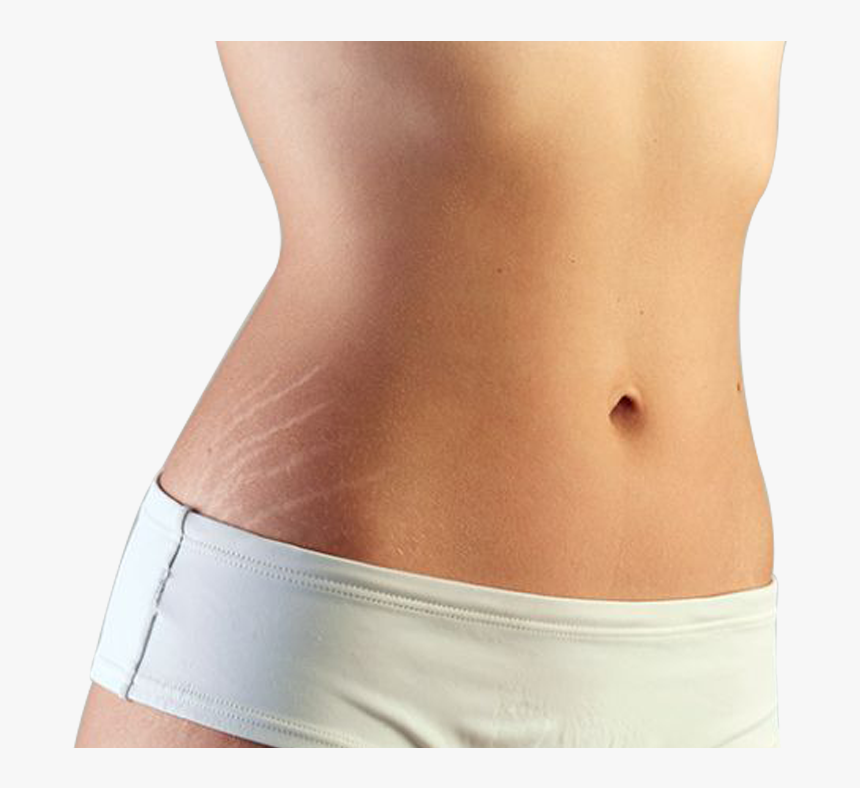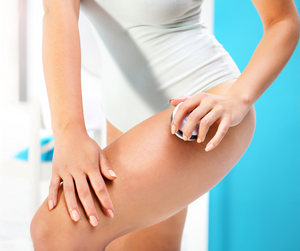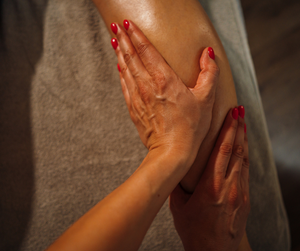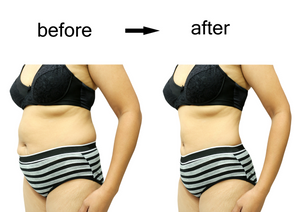Chafing and Stretch Marks: What You Should Know stretch marks on thighs

Many people get chafing and stretch marks on the inner thighs. This article will explain the connection between these two prevalent skin conditions.
Stretch Marks: What Causes Them?
Stretch marks, also called striae, are scars that emerge from the body due to overstretching.[2] Line-like appearance and off-color tone make them easy to see. The appearance of existing stretch marks will diminish with time for the vast majority of people. No matter how much they lighten or lighten in intensity, the deep purples and reds will nearly never go away. The breaking of the skin's dermis is what results in stretch marks. There are a number of situations in which the dermis tears, including rapid development and pregnancy.
Check out this video [1] which focuses on common skin conditions such as cellulite and stretch marks.
Anyone may get stretch marks.
People of all shapes and sizes are susceptible to developing stretch marks at some time in their lives. Stretch marks are a common skin condition that affects both men and women of all ages, including teenagers and small children. When it comes to stretch marks, women are more likely to suffer from them than men. The most common places to find them are on the breasts, hips, thighs, and buttocks. During puberty, boys and girls alike may develop stretch marks on their thighs, buttocks, shoulders, and backs. At some point throughout adolescence, stretch marks become frequent in both men and women. Anyone may have stretch marks, regardless of their age, due to weight gain or pregnancy, lifting weights, or the rapid expansion of lean muscle mass.
What causes chafing on my stretch marks, and how can I prevent it?
In the inner thighs, stretch marks are common and may be extremely unpleasant. In the same way that a cut or a scar may cause discomfort or irritation, new stretch marks can do the same. Stretch marks usually do not cause long-term pain or irritation since they fade on their own. When it comes to sunburn and pain, those with scarred or stretch-marked skin are more susceptible. As a result, stretch marks that are accompanied by chafing may be much more uncomfortable. Stretch marks may cause chafing, even on scars that are only a few months old, as well as on scars that have been there for decades.
Scarring on the inner thighs is not uncommon among those who endure severe chafing. Even if you don't have any stretch marks, you may still see them. In order to minimize additional scarring, it's critical that you take care of any current chafing while also preventing any new ones.
Medical assistance should be sought as soon as possible if you notice that your scars are worsening after chafing.

What You Need to Know About Stretch Marks and Chafing
A variety of treatments are available to help prevent or lessen the development of stretch marks. Laser treatment may be used to reduce the appearance of stretch marks, which some people choose to have done. Vitamin D supplements, body butters, and topical lotions may all help improve the appearance of the skin. Chafing may be prevented or alleviated with the use of some of these lotions since they help keep the skin adequately moisturized.

Buy It Here
Stretch mark irritation can be avoided by providing a barrier between the skin so that it doesn't rub, but this isn't the best way to accomplish it. Chafing may be prevented by using Lanacane Anti-Friction Gel. Additional advantages include the ability to reduce skin rubbing on skin. Avoiding skin chafing is made easier by the application of Lanacane Anti-Friction Gel, which keeps sweaty skin from coming into contact with another. Chafing may cause stretch marks to become inflamed and painful, so it's best to avoid it.
Men and women alike find relief from skin chafing with Lanacane Anti-Friction Gel. Check out our next guide about All You Need To Know About Chafing. Here, we explain the causes of chafing and how to prevent it.
Links
1.) Lines Of Cleavage Stretch Marks And Cellulite - What Is Cellulite - What Are Stretch Marks - YouTube
2.) Stretch marks: Causes and treatments (medicalnewstoday.com)




